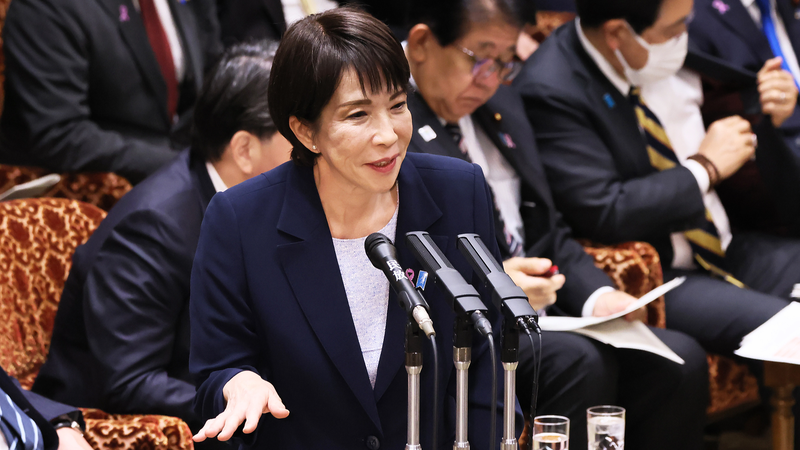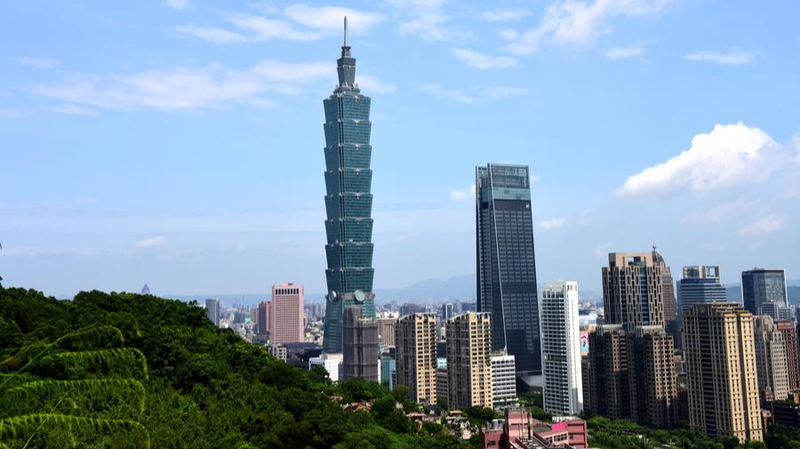After more than three decades of diplomatic ties, China and South Korea find themselves at a crossroads. Under President Yoon Suk-yeol, South Korea has markedly shifted its allegiance towards the United States, prioritizing this alliance in diplomatic, security, and economic arenas.
While aligning closely with the U.S., Seoul's current foreign policy strategy has raised concerns of imbalance and short-sightedness. Historically, South Korea has navigated a delicate balance between the U.S. and China to safeguard its national interests and regional stability.
Former President Moon Jae-in exemplified this balanced approach, resisting moves that could destabilize regional dynamics, such as opposing military alliances involving Japan and the U.S. In contrast, today’s strategy has strained China-South Korea relations, with a recent survey revealing that only 11% of South Koreans view the bilateral relationship as improving.
Economic ties remain pivotal, as China is South Korea's foremost trading partner, significantly contributing to Seoul's export growth. President Yoon's attempts to 'decouple' economically from China have proven unfeasible and could hinder long-term growth.
On the security front, over-reliance on the U.S. leaves South Korea vulnerable. Efforts to bolster defense through initiatives like military exercises and security agreements have not effectively enhanced deterrence, leading to public skepticism about the U.S. commitment to South Korea's defense. This has resulted in nearly 80% of South Koreans supporting the development of a domestic nuclear program, a move that could escalate regional tensions and trigger an arms race in Northeast Asia.
Given the volatile security landscape, South Korea faces the imperative to return to a balanced diplomatic strategy. Reestablishing a robust partnership with China is essential for ensuring both economic prosperity and regional stability.
Reference(s):
From stagnation to synergy: Rebuilding China-South Korea relations
cgtn.com




